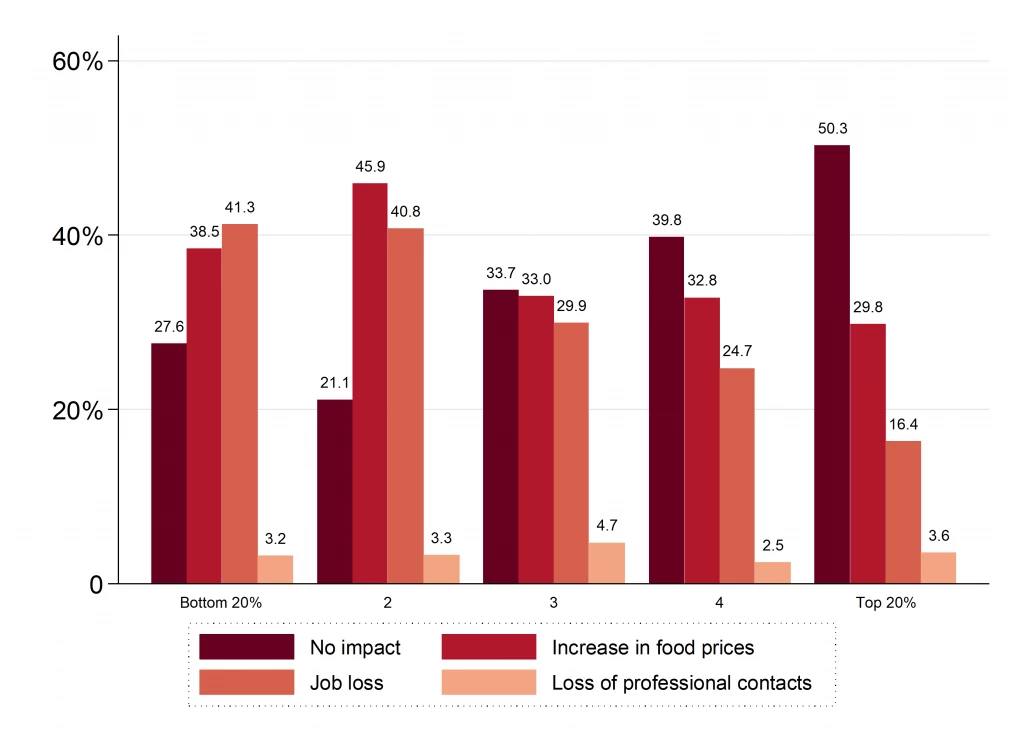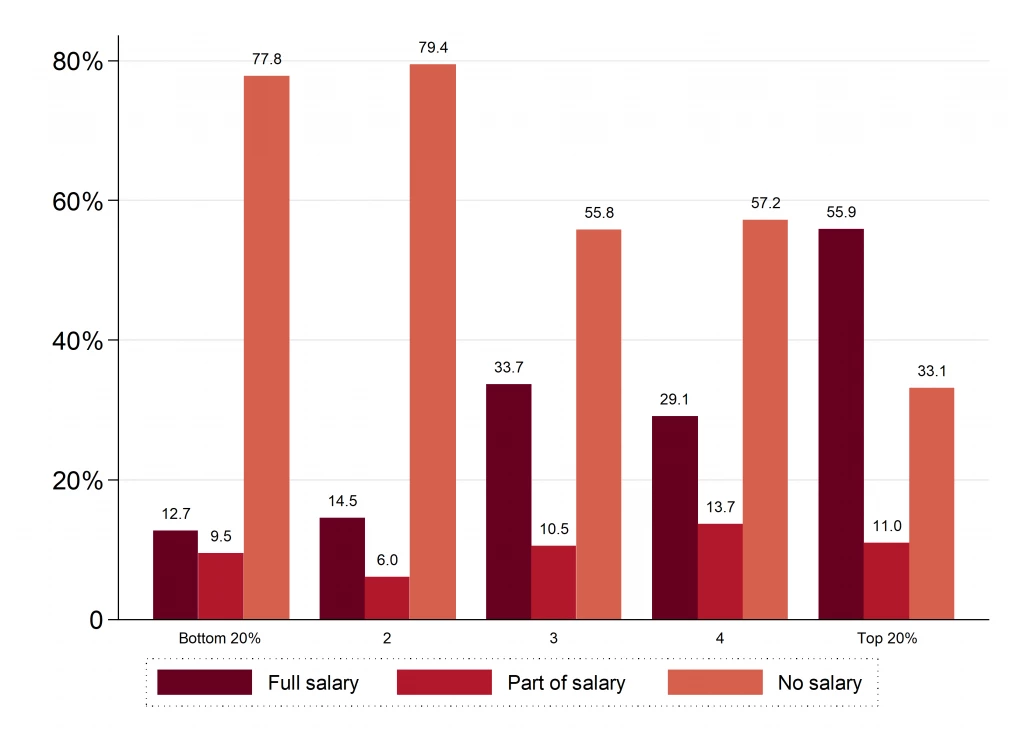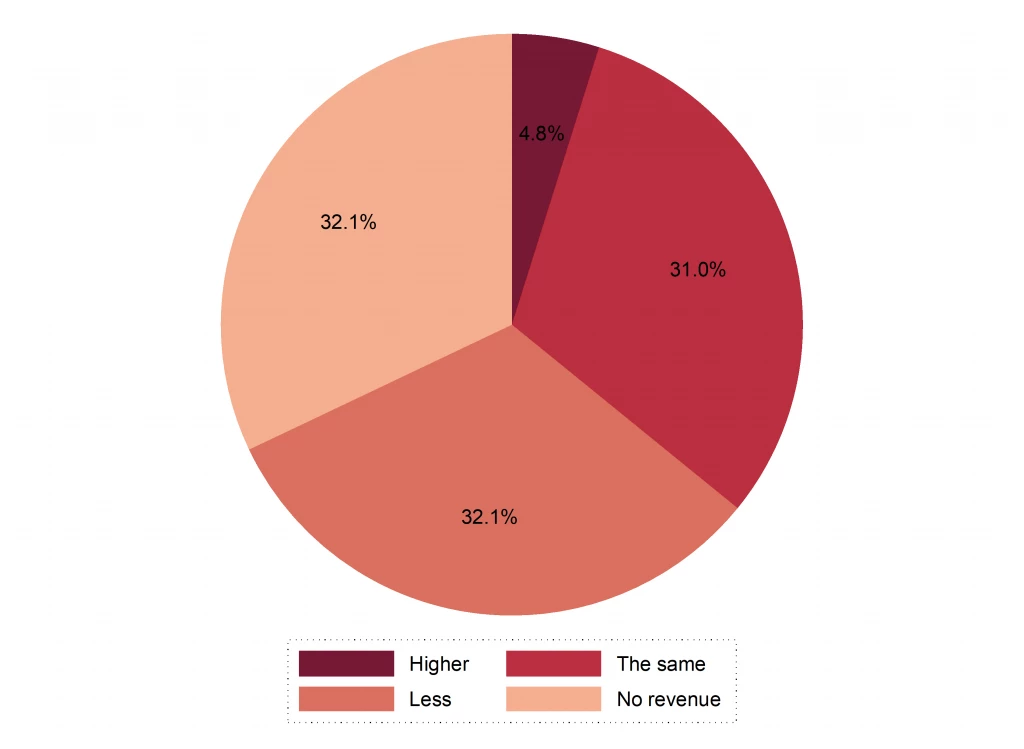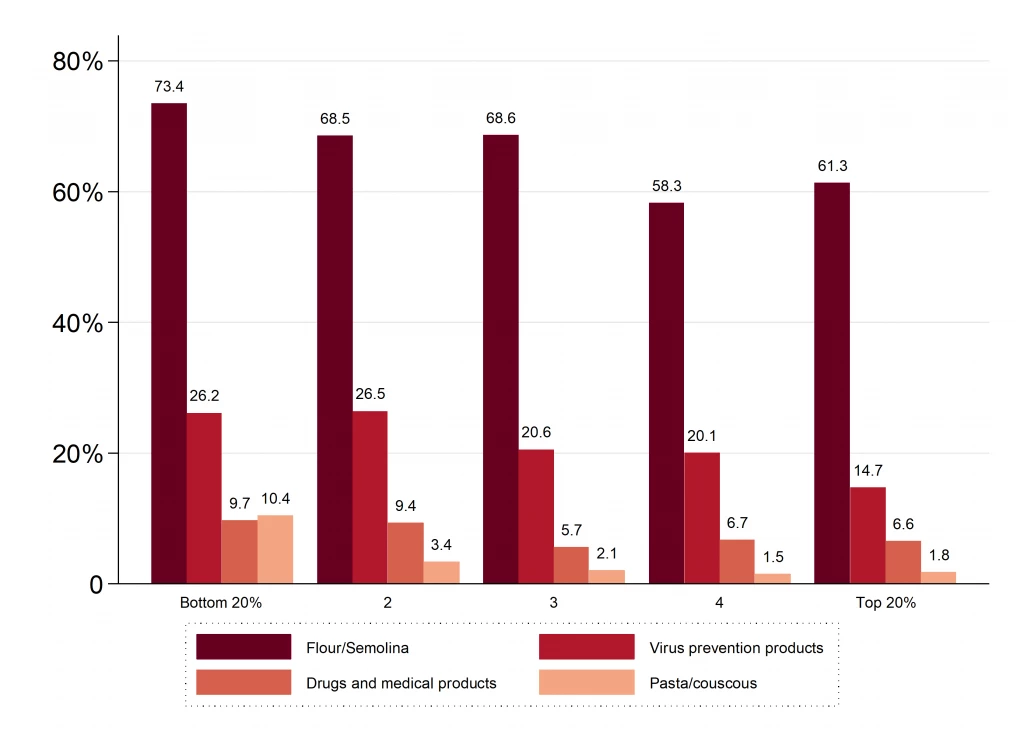 صورة لشخص يستخدم الهاتف الذكي. Shutterstock.com /Africa Studio
صورة لشخص يستخدم الهاتف الذكي. Shutterstock.com /Africa Studio
The rapid spread of COVID-19 globally has had a profound impact on the lives of people globally. Most countries, including Tunisia, have introduced restrictions on mobility and contact between people, and even where not enforced by law, isolation is encouraged. This presents an extraordinary problem for face-to-face data collection, a foundation for varied types of surveys in many countries.
The Institut National de la Statistique (INS), in collaboration with the World Bank, has launched a series of telephone interviews to assess the socioeconomic impact of COVID-19 in Tunisia. The INS and the World Bank are also working together on a Computer-Assisted Telephone Interview (CATI) system that – even in a world altered by the pandemic – responds to the increasing demand for quick data collection on various socioeconomic issues. In this blog we present the results of the first round of interviews.
This pandemic has a negative impact on Tunisian households in terms of income and consumption, in particular among the poorest, who are affected by job loss and food price increases (Figure 1). Wealthier households are less affected: in the richest quintile, half of the respondents declare that they are suffering no impact at all.
Figure 1. Percentage of households affected by one the events after lockdown, by quintile
During confinement (Strict lockdown started on March 22), many people had to stop working or could only work part-time. However, while in the top quintile, most respondents reported they received their full salary or at least part of it, in the poorest 20 percent, the majority received no income at all (Figure 2).
Figure 2. Share of wage workers receiving a salary, by quintile
Self-employed workers are seriously affected. About one-third of household enterprises didn’t earn an income, while one-third saw a decline in earnings relative to the previous month (Figure 3).
Figure 3. Impact on the household enterprises income
The health crisis appears to have an impact on the availability of certain products, mainly flour, semolina and, to a lesser extent, health care products (Figure 4). Households in rural areas are more affected by these shortages, even though they have affected every quintile surveyed. The intensity, however, differs, with lower quintiles, again, affected the most. Likewise, accessing sanitary products is more complicated for poorer households, with a shortage that is almost twice as high in the lowest quintile as in the highest one. But many food supplies (bread, pasta, couscous, vegetables, fruits), cleaning products, and even energy products remained widely available.
Figure 4. Percentage of households not being able to buy certain basic items, by quintiles
The second round of interviews has already begun. In this round, more information is being collected on food security and on the consequences of the lockdown on learning for school age kids, including the impact of distance learning and parental engagement.







Join the Conversation